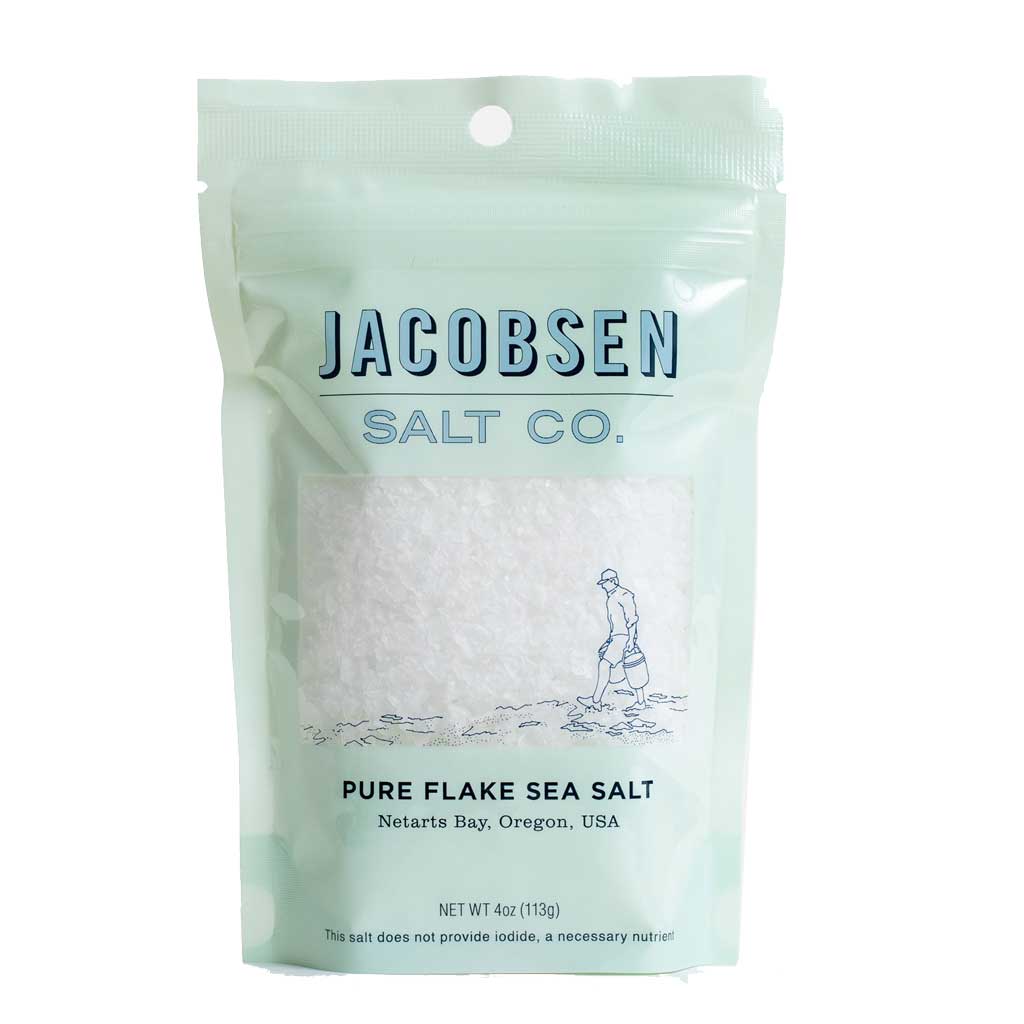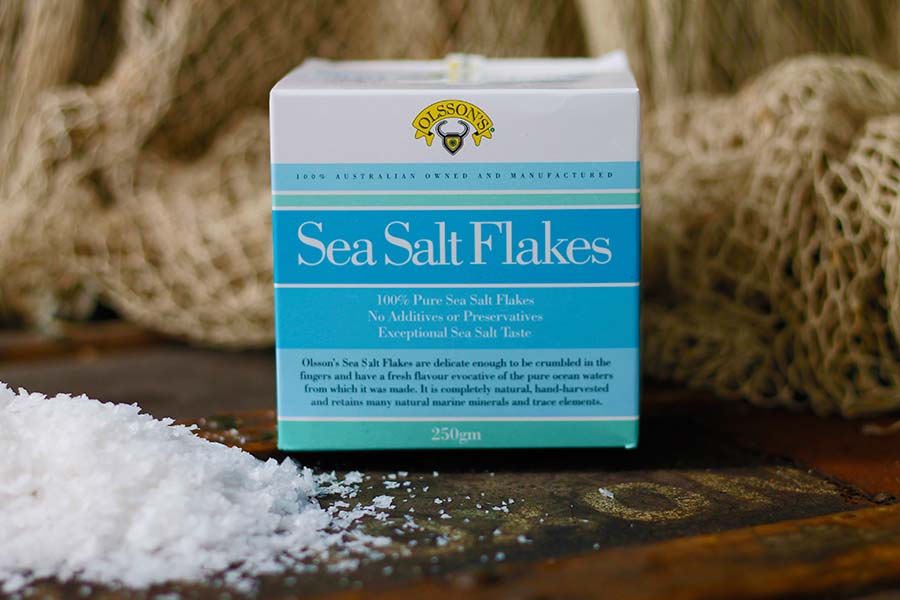

It has a light, earthy flavor with pronounced mineral notes and a crisp, crunchy texture that melts away quickly in the mouth. 3 – Fleur de Selįleur de Sel is a remarkable variety of sea salt that is produced in France. Similar to other types of rock salt, Himalayan pink salt can also be used in spa treatments and homemade bath salts due to its high mineral content and unique flavor profile. The texture is much coarser than sea salt flake so it works best when dishes call for a coarse topping or seasoning when the finer grain isn’t desired. The course, flaky texture of Himalayan Pink Salt makes it ideal for use in cooking, baking or as a finishing accent on dishes.Īs a substitute for sea salt flake, Himalayan Pink Salt is slightly milder in flavor than traditional sea salt, but contains similar levels of sodium chloride. It comes from the Kashmir region of northern India and has a distinctive pink hue due to the high mineral content. Himalayan pink salt is one of the most popular and prolific types of sea salt available. This makes it easier for chefs to measure accurately without the need for measuring devices such as spoons and teaspoons or tablespoons that are generally used when measuring table salts with fine crystals.įurthermore, the larger flakes make it easier to sprinkle over food compared to finely ground table salts.ĭue to its course nature, kosher salt is more adept at bringing out the natural flavors of ingredients rather than overpowering them with overly-salted dishes. Kosher Salt has larger grains than table salt due to its larger surface area. When buying kosher salt, be sure to look for the “certified kosher” label from a reliable religious certification agency, such as the Orthodox Union or Star K. Kosher salt usually has course grains that dissolve quickly in water, making it an excellent choice for pickling and brining. It has a richer flavor than ordinary table salt and contains fewer impurities. Kosher salt, also known as rock salt or kitchen salt, is an unrefined mineral raw sea salt used to season food. Here are five of the best flavorings that work as viable replacements for sea salt flakes. Unfortunately, sea salt flakes are expensive, and not everyone has easy access to them.īecause of this, it is important to know the best substitutes for this popular seasoning so you can still enjoy the taste you love. 5 Best Sea Salt Flakes Substitutes to Consider
#Flake sea salt skin
In addition to those remedies mentioned above, flake sea salt can also be used on DIY beauty products like scrubs for exfoliation or masking that help restore healthy radiance across all skin types without harshness like you might find with store-bought products which often contain too much processed manmade ingredients that can strip your skin’s natural oils away rather than replenishing them like natural/mineral enhanced items do. Therefore, it’s important to use the right amount for maximum effect without too much sodium in every dish.Īs a general rule of thumb: if you would use 1 teaspoon of kosher or table salt in a recipe, substitute 1/2 teaspoon sea salt flakes instead since they are half as dense.Īside from cooking, pure seawater has many healing benefits associated with its use in spas and baths due to its mineral content and enzymes that help heal skin irritations like psoriasis, eczema and minor burns as well as enhance relaxation by aiding in aromatherapy treatments.Īdding just 1/4 cup of pure sea water or Flake Sea Salt (per gallon) helps purify pool or spa water while softening your skin with trace amounts of magnesium sulfate and calcium chloride found naturally occurring within the solution.

In cooking, sea salt should be used judiciously because it contains more minerals and impurities than table or kosher salts.įurthermore, its irregular shape can make it difficult to measure precisely using traditional measuring cups. Sea salt flakes are larger and less dense than other types of salts, so they tend to dissolve differently in different recipes.įor example, an even sprinkle of sea salt on a savory dish typically enhances the flavor subtly rather than making it overly salty. It is harvested primarily from shallow near-shore marshes through evaporation of the tide. Sea salt flake is a type of coarse-grained salt, also known as flaky or pyramid-shaped crystal sea salt.


 0 kommentar(er)
0 kommentar(er)
